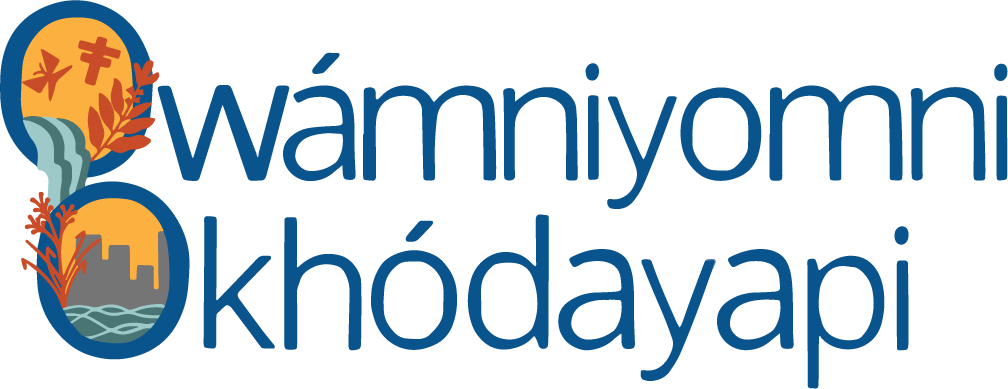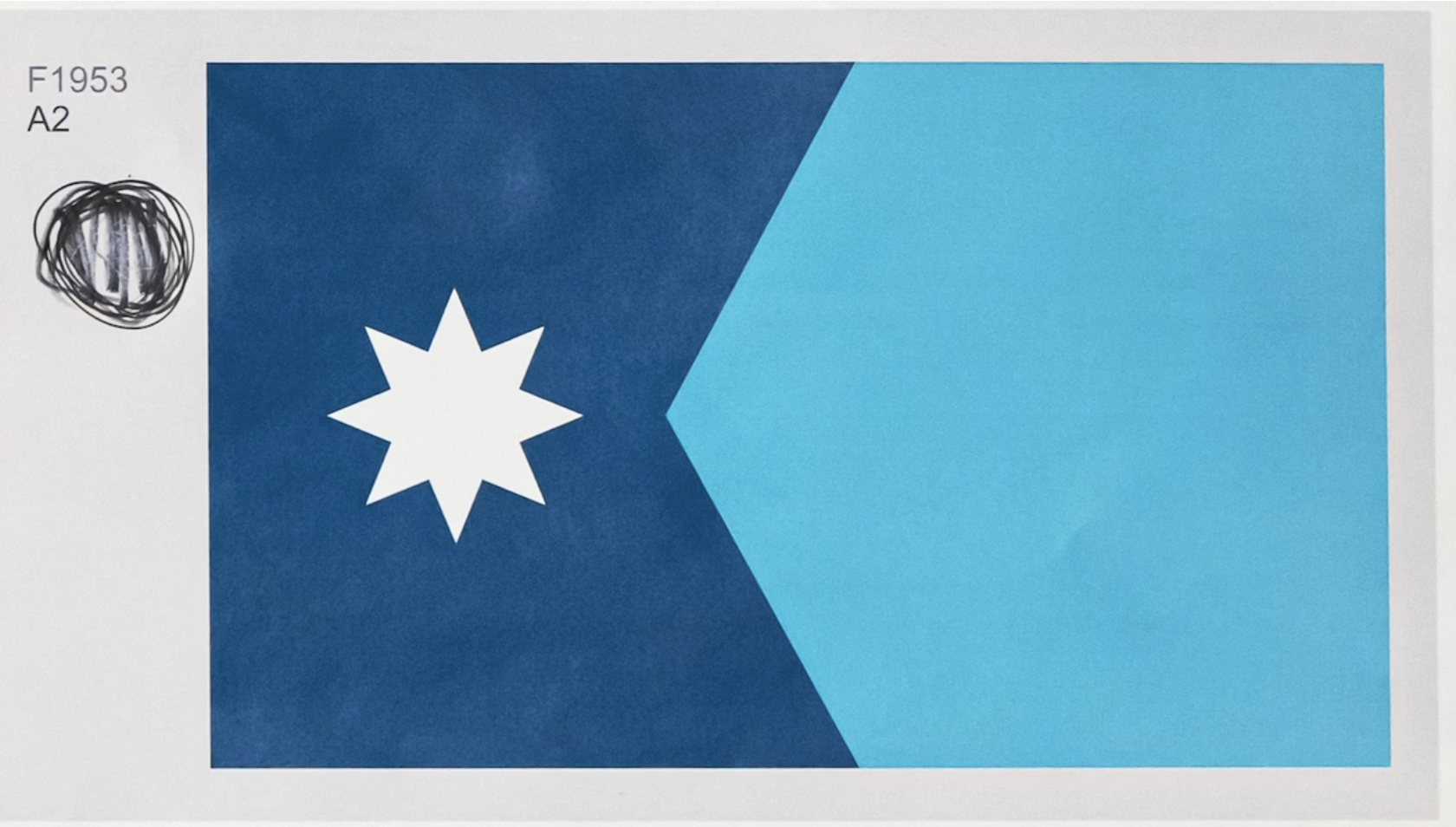By Andrea Salcedo and Nick Parker, Washington Post
Shelley Buck, a tribal leader, said that message was “very offensive for a Dakota woman.”
The seal and flag seemed to be “taking pride in driving my people from their homes,” said Buck, president of the Owamniyomni Okhodayapi river-restoration project and former leader of the Prairie Island Indian Community.
Buck was one of five Native American members of the 13-person commission that chose the flag design Tuesday. She said she wanted to ensure that it was “more inclusive, that it paid homage to the history of the state, that people felt good about it.”
Andrew Prekker, whose design won the commission’s approval, said he designed the flag to replace a “problematic representation of our state.”
“For many people, this isn’t seen as a symbol of unification, it’s seen as a symbol of colonization,” the Luverne resident said in an email Tuesday night. “Every Minnesotan — and especially those in our Indigenous communities and tribal nations — should be able to proudly look up at our flag and feel represented by it.”
The state’s potential new flag design is far simpler than its predecessor.
“The navy swallowtail on the left forms the abstract shape of Minnesota, and right in the center of our state is an eight-pointed star … seen in the art of the Dakota, Ojibwe and other indigenous communities,” Prekker said.
“The navy of the Minnesota shape represents a broad association to Minnesota identity. … The light blue on the fly represents the various significant meanings of water to our state: each as the land of 10,000 lakes, the birth state of the Mississippi River and the origins of our state’s name — which came from the Dakota — that translates to ‘a place where the water reflects the sky.’”
The commission is required to submit a new design to the legislature and governor no later than Jan. 1, its website says. If approved, Prekker’s design will debut May 11 — Statehood Day.
Rep. Bjorn Olson (R), a member of the redesign committee, told The Post that the vetting process was rushed.
“We’ve had four months to create a flag that’s supposed to represent all Minnesotans, and that is absolutely a hurried-up timeline.”
Within 30 days of opening the contest, Olson said, the committee received at least 2,100 submissions.
“Every time you were at a meeting it felt like you had to make headway, you had to make a decision. No one could ever pump the brakes and say: ‘Wait a second. Let’s ask this organization what they think about this, or let’s talk to these people about what they think,’” Olson said.
He said he’ll ask the legislature to slow the process and let Minnesotans vote for their favorite designs.
“We’re not even saying, ‘Keep the old flag,’” Olson said. “We’re saying, ‘If we’re going to do it, we should do it right.’ ”
The search for the new flag began in earnest when people were encouraged to submit their designs as early as Oct. 4.
The commission received more than 50 submissions that day, Luis Fitch, who chairs the selection group, told The Post at the time.
The state’s seal depicting the Indigenous person on the current flag was adopted in 1849, when Minnesota was still a territory, said Bill Convery, the director of research at the Minnesota Historical Society.
On Dec. 5, the redesign committee announced that it had unanimously chosen a new one.
Featured prominently in that design is the state bird — a common loon — “in a pose that signifies pride and energy,” the committee’s website says. The words “L’etoile du nord,” French for “the north star,” appear above the bird.
Read the story at Washingtonpost.com


